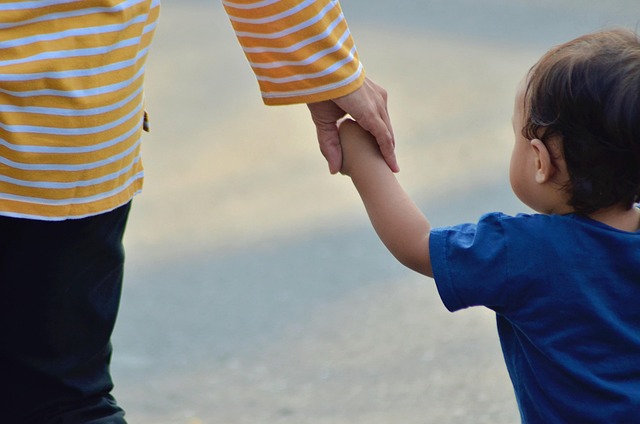Oregon's Department of Human Services (DHS) safeguards children through comprehensive Oregon DHS statutes, enforcing mandatory reporting, streamlined foster care, and stringent adoption regulations. They remove at-risk children temporarily, assess safety, develop case plans considering age, needs, culture, and siblings, aiming to minimize disruption while helping families regain custody. Parental rights are balanced with duties; neglect or abuse leads to potential temporary placement, guardianship, or adoption, prioritizing child safety and stability under Oregon DHS statutes.
Oregon’s child welfare system, governed by the Department of Human Services (DHS), plays a pivotal role in protecting vulnerable youth. This article delves into the critical elements of Oregon child welfare laws, exploring the jurisdiction and responsibilities of DHS under state statutes. We’ll uncover key protections for children, including removal and placement protocols, while balancing parental rights. Understanding these dynamics is essential for navigating Oregon’s legal framework related to child protection and ensuring the well-being of at-risk children.
- Jurisdiction and Role of Oregon DHS
- Child Protection and Safety Measures
- Removal and Placement Protocols
- Parental Rights and Responsibilities
Jurisdiction and Role of Oregon DHS

Oregon’s Department of Human Services (DHS) plays a pivotal role in ensuring the safety and well-being of children within the state. Established by Oregon statutes, DHS is charged with administering and enforcing child welfare laws, including those related to protection, placement, and support services for vulnerable minors. The department’s jurisdiction extends to all children under 18 years old, covering various aspects of their care and development.
As a key player in the state’s child welfare system, DHS receives reports of suspected child abuse or neglect, conducts investigations, and makes decisions regarding temporary or permanent custody placements. They work collaboratively with other agencies, courts, and community organizations to provide comprehensive services tailored to each child’s unique needs. Oregon DHS statutes guide their decision-making process, ensuring a structured and fair approach to safeguarding the interests of children in need.
Child Protection and Safety Measures

Oregon’s Department of Human Services (DHS) plays a pivotal role in ensuring child protection and safety through its comprehensive statutes. These laws are designed to safeguard children from abuse, neglect, and exploitation, providing a robust framework for intervention and support. Key measures include mandatory reporting of suspected abuse or neglect by certain professionals, such as healthcare providers and educators, who must promptly notify DHS to initiate an investigation.
The state’s legal system also mandates specific procedures for removal and placement of children in foster care, emphasizing the child’s best interests and need for safety. Oregon DHS statutes further regulate adoption processes, ensuring ethical practices while facilitating permanent homes for vulnerable youth. These stringent regulations reflect Oregon’s commitment to prioritizing the well-being and security of its youngest residents.
Removal and Placement Protocols

In Oregon, removal and placement protocols are governed by the Department of Human Services (DHS) and are outlined in the Oregon DHS statutes. When a child is deemed at risk or abused, DHS has the authority to temporarily remove them from their home environment. This process involves a thorough assessment to determine the best course of action for the child’s safety and well-being. If removal is necessary, a case plan is developed to facilitate a safe and stable placement, which could include relative placements, foster care, or adoption.
The statutes emphasize the importance of minimizing disruption in a child’s life while ensuring their protection. Placement decisions consider factors such as the child’s age, medical needs, cultural background, and sibling relationships. Oregon DHS strives to maintain family connections whenever possible while also providing support services to help families regain custody if conditions improve.
Parental Rights and Responsibilities

In Oregon, child welfare laws are outlined in the Oregon Revised Statutes (ORS) and administered by the Department of Human Services (DHS). Parental rights and responsibilities are a key component of these laws. Parents in Oregon have the legal right to make decisions regarding their children’s care, health, and upbringing, as per ORS Chapter 419. This includes the freedom to establish a child’s home, consent to medical treatment, and decide on educational placement.
However, these rights also come with significant responsibilities. Parents are expected to provide a safe and stable environment for their children, meet their basic needs, and ensure their well-being. ORS statutes mandate that parents shall not neglect or abuse their children, and any failure to fulfill these duties may result in intervention by Oregon DHS. This could involve temporary placement, permanent guardianship, or adoption, with the ultimate goal of ensuring the child’s safety and stability.






